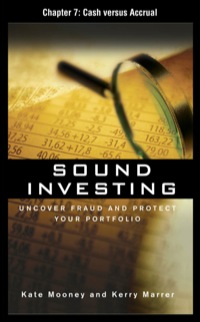Answered step by step
Verified Expert Solution
Question
1 Approved Answer
The Mata Batting Company manufactures wood baseball bats. Mata ' s two primary products are a youth bat, designed for children and young teens, and
The Mata Batting Company manufactures wood baseball bats. Matas two primary products are a youth bat, designed for children and young teens, and an adult bat, designed for high school and collegeaged players. Mata sells the bats to sporting goods stores and all sales are on account. The youth bat sells for $ ; the adult bat sells for $ Matas highest sales volume is in the first three months of the year as retailers prepare for the spring baseball season. Matas balance sheet for December and other data for the first quarter of follow:
Mata Batting Company
Balance Sheet
December
Assets
Current Assets:
Cash
$
Accounts Receivable
Raw Materials Inventory
Finished Goods Inventory
Total Current Assets
$
Property, Plant, and Equipment:
Equipment
Less: Accumulated Depreciation
Total Assets
$
Liabilities
Current Liabilities:
Accounts Payable
$
Stockholders' Equity
Common Stock, no par
$
Retained Earnings
Total Stockholders' Equity
Total Liabilities and Stockholders' Equity
$
a
Budgeted sales are youth bats and adult bats.
b
Finished Goods Inventory on December consists of youth bats at $ each and adult bats at $ each.
c
Desired ending Finished Goods Inventory is youth bats and adult bats; FIFO inventory costing method is used.
d
Direct materials requirements are ounces of wood per youth bat and ounces of wood per adult bat. The cost of wood is $ per ounce.
e
Raw Materials Inventory on December consists of ounces of wood at $ per ounce.
f
Desired ending Raw Materials Inventory is ounces indirect materials are insignificant and not considered for budgeting purposes
g
Each bat requires hours of direct labor; direct labor costs average $ per hour.
h
Variable manufacturing overhead is $ per bat.
i
Fixed manufacturing overhead includes $ per quarter in depreciation and $ per quarter for other costs, such as insurance and property taxes.
j
Fixed selling and administrative expenses include $ per quarter for salaries; $ per quarter for rent; $ per quarter for insurance; and $ per quarter for depreciation.
k
Variable selling and administrative expenses include supplies at of sales.
Step by Step Solution
There are 3 Steps involved in it
Step: 1

Get Instant Access to Expert-Tailored Solutions
See step-by-step solutions with expert insights and AI powered tools for academic success
Step: 2

Step: 3

Ace Your Homework with AI
Get the answers you need in no time with our AI-driven, step-by-step assistance
Get Started


